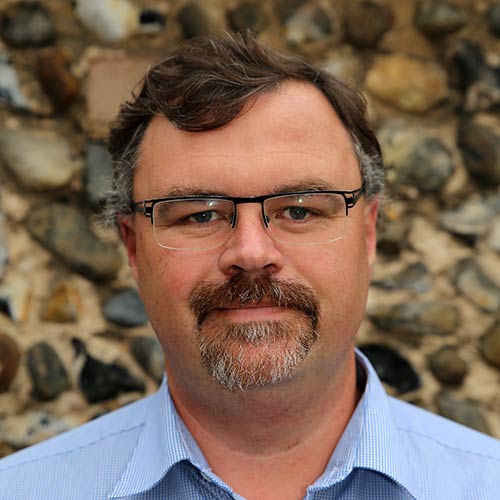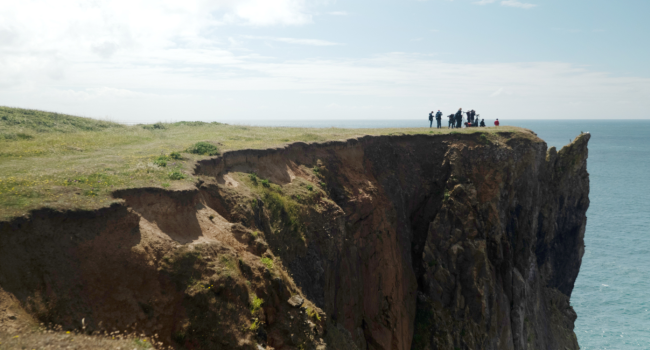Protected areas, drought, and grazing regimes influence fire occurrence in a fire-prone Mediterranean region

Author(s): Kirkland, M., Atkinson, P.W., Aliácar, S., Saavedra, D., De Jong, M.C., Dowling, T.P.F. & Ashton-Butt, A.
Published: September 2024
Journal: Fire Ecology Volume: 30
Article No.: 88
Digital Identifier No. (DOI): 10.1186/s42408-024-00320-9
This study builds on previous work as part of the ‘Polesia: wilderness without borders’ project, which developed methods to map and analyse fires using satellite imagery and other remote-sensing data. These findings showed that preserving and restoring wetlands could offer a nature-based solution to worsening wildfires.
This more recent work, in collaboration with Rewilding Portugal, applies these same methods to the Greater Côa Valley in north-eastern Portugal. The Greater Côa Valley has been severely impacted by wildfires over recent decades. It is of critical importance for large birds of prey, such as Egyptian and Black Vultures, and forms a natural wildlife corridor for species such as the Iberian Wolf.
Satellite data analysis showed that nearly a third of the Greater Côa Valley burned between 2001 and 2020, with the largest ‘megafire’ reaching 110 km2. Some areas were exposed to frequent large fires, burning on average once every six years. Abandoned lands undergoing natural succession to scrubland were at high risk from fires, as were native forests, home to endangered and vulnerable species such as the Iberian Lynx.
Drought was found to be a key driver of large fires. As temperatures rise and droughts become more frequent due to the climate crisis, Portugal is becoming increasingly vulnerable to more destructive wildfires. European agri-environmental policies aim to reduce fuel loads and combat the risk of large fires by encouraging livestock grazing. Farmers in the Greater Côa Valley graze cattle and sheep in small parcels in single-species systems, and provide the animals with supplementary food. This system alone does not appear to be sufficient in reducing the vulnerability of the landscape to large fires, as this study showed that areas with higher densities of sheep were at increased risk of fires.
The Portuguese government, along with non-governmental organisations including Rewilding Portugal and Rewilding Europe, are helping to protect and restore the wetlands, rivers and fire-resistant forests of the Greater Côa Valley in a network of protected areas and rewilding areas. Protected areas are often considered high-risk due to abundant fuel, and lower fire detection and fire-fighting capacities. However, this study found that protected areas of the Greater Côa Valley were 15% less likely to burn than unprotected land.
Fires are a growing threat globally. The results of this work, showing that building natural fire resilience by protecting and restoring wetlands and native forests, will be relevant in Portugal and beyond as the climate crisis deepens.
Abstract
Background Extreme fire seasons in the Mediterranean basin have received international attention due to the damage caused to people, livelihoods, and vulnerable ecosystems. There is a body of literature linking increasingly intense, large fires to a build‑up of fuel from rural land abandonment exacerbated by climate change. However, a better understanding of the complex factors driving fires in fire‑prone landscapes is needed. We use a global database based on the MODIS Fire CCI51 product, and the Greater Côa Valley, a 340,000‑ha area in Portugal, as a case study, to investigate the environmental drivers of fire and potential tools for managing fires in a landscape that has undergone changing agricultural and grazing management.
Results Between 2001 and 2020, fires burned 32% (1881.45 km2) of the study area. Scrublands proportionally burnt the most, but agricultural land and forests were also greatly impacted. The risk of large fires (> 1 km2) was highest in these land cover types under dry conditions in late summer. Areas with higher sheep densities were more likely to burn, while cattle density had no apparent relationship with fire occurrence. There was also a 15% lower probability of a fire occurring in protected areas.
Conclusion Future climatic changes that increase drought conditions will likely elevate the risk of large fires in the Mediterranean basin, and abandoned farmland undergoing natural succession towards scrubland will be at particularly high risk. Our results indicate that livestock grazing does not provide a simple solution to reducing fire risk, but that a more holistic management approach addressing social causes and nature‑based solutions could be effective in reducing fire occurrence.









Share this page